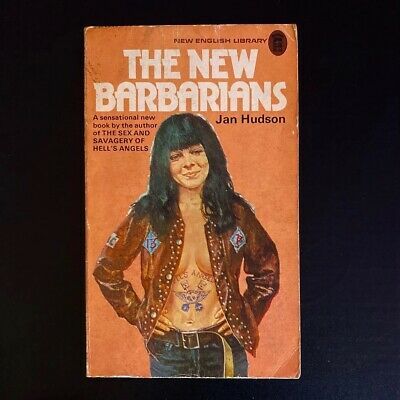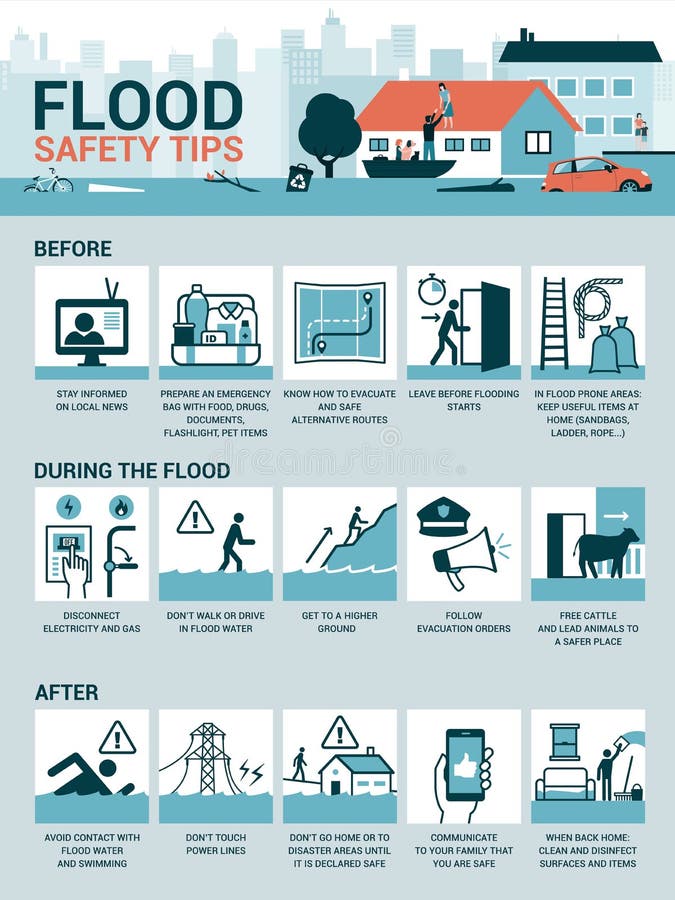Deconstructing The Hells Angels: Fact From Fiction

Table of Contents
The Myth of the Unified Global Criminal Enterprise
A pervasive misconception surrounding the Hells Angels is that they operate as a single, globally coordinated criminal enterprise. This is demonstrably false. The HAMC is, in reality, a decentralized network of independent chapters, each with its own internal structure, leadership, and levels of criminal involvement. While some chapters might engage in significant criminal activities like drug trafficking or extortion, others primarily focus on social events and biker culture. This decentralized structure makes it difficult to pinpoint a singular "head" or overarching command structure.
- Independent chapters with varying levels of organization: Each chapter operates largely autonomously, making coordinated global operations highly improbable.
- Lack of central command and control: There's no single leader dictating actions across all chapters. Decisions are largely made at the chapter level.
- Different levels of involvement in criminal activities: The degree of criminal activity varies dramatically between chapters, influenced by local conditions and leadership.
- Regional differences in activities and structures: Chapters in different countries or regions often have distinct operational styles and priorities. For example, a chapter in California might have a different focus compared to one in Australia.
Hells Angels' Motorcycle Culture and Identity
Beyond the criminal connotations, understanding the Hells Angels requires acknowledging the significant role of motorcycle culture and brotherhood within the club. Their distinctive imagery – the iconic skull logo, the specific colors and patches – is far more than mere branding; it represents a potent symbol of identity and belonging within a tightly knit community. The initiation process itself is often a grueling and lengthy one, emphasizing loyalty, commitment, and the bond forged through shared experiences.
- Importance of camaraderie and brotherhood: The club fosters a strong sense of loyalty and brotherhood amongst its members.
- Symbolism and significance of club colors and patches: These are not just accessories; they represent status, history, and shared identity within the HAMC.
- Recruitment process and member initiation rituals: These processes are designed to test and solidify commitment to the club and its values.
- Social events and activities: Many chapters engage in legitimate social gatherings, rallies, and charitable events, showcasing a side rarely depicted in media portrayals.
Criminal Activities and Law Enforcement Responses
It's undeniable that various Hells Angels chapters have been implicated in serious criminal activity. Drug trafficking, violence, extortion, and other offenses have been attributed to certain chapters over the years. However, effectively investigating and prosecuting HAMC members presents unique challenges for law enforcement. The decentralized structure, the strong code of silence among members, and the difficulty in infiltrating the club create significant hurdles. Law enforcement strategies range from targeted investigations and surveillance to broader anti-gang initiatives.
- Types of criminal offenses attributed to various HAMC chapters: The specific criminal activities vary significantly, depending on the chapter's location and leadership.
- Challenges in infiltrating and gathering evidence against the club: The tight-knit nature of the club and the strong loyalty among members make it extremely difficult to gather evidence.
- Successes and failures of law enforcement strategies: While some law enforcement operations have resulted in successful prosecutions, many challenges remain in tackling the multifaceted nature of HAMC's criminal activities.
- Legal battles and court cases involving HAMC members: Numerous legal battles have ensued, often highlighting the complexities of prosecuting organized crime groups.
Media Portrayals and Public Perception
The media's portrayal of the Hells Angels has significantly shaped public perception. Often sensationalized and stereotypical, these depictions tend to focus on the club's criminal aspects, neglecting the complexities of their internal dynamics and the diverse range of activities within different chapters. This biased coverage contributes to the perpetuation of myths and reinforces negative stereotypes, obscuring a more nuanced understanding of the organization.
- Examples of media portrayals in films, television, and news: From Hollywood movies to news reports, the portrayal of the Hells Angels is often heavily skewed towards the negative.
- Impact of negative stereotypes on public opinion: The consistent negative portrayal creates and reinforces pre-conceived notions about the club and its members.
- The perpetuation of myths through biased media coverage: Sensationalized stories tend to overshadow more balanced accounts, perpetuating inaccuracies and stereotypes.
- The contrast between media portrayal and reality: A significant gap exists between the sensationalized media image and the actual multifaceted reality of the HAMC.
Conclusion: Separating Fact from Fiction about the Hells Angels
Deconstructing the Hells Angels requires careful examination, moving beyond the sensationalized narratives often presented in the media. The club is not a unified global criminal enterprise, but a decentralized network of independent chapters with varying levels of criminal involvement. Motorcycle culture and brotherhood play a significant role in their identity, while law enforcement faces persistent challenges in effectively combating their criminal activities. Understanding the Hells Angels necessitates acknowledging the complexities of their structure, activities, and the influence of media portrayals on public perception. Move beyond the myths and learn the facts about the Hells Angels by engaging with reliable sources and fostering critical thinking.

Featured Posts
-
 Everything You Need To Know About Flood Alerts And Flood Preparedness
May 26, 2025
Everything You Need To Know About Flood Alerts And Flood Preparedness
May 26, 2025 -
 Alex Ealas French Open Prospects A Realistic Assessment
May 26, 2025
Alex Ealas French Open Prospects A Realistic Assessment
May 26, 2025 -
 Neuer Injury Bayern Munich Goalkeeper Faces Setback Future Uncertain
May 26, 2025
Neuer Injury Bayern Munich Goalkeeper Faces Setback Future Uncertain
May 26, 2025 -
 What To Watch Thursday Top 10 Tv And Streaming Shows
May 26, 2025
What To Watch Thursday Top 10 Tv And Streaming Shows
May 26, 2025 -
 Comparaison Le Pen Ramadan Par Enthoven Analyse De La Morale Publique Et Des M Urs
May 26, 2025
Comparaison Le Pen Ramadan Par Enthoven Analyse De La Morale Publique Et Des M Urs
May 26, 2025
Latest Posts
-
 Saeaestae Rahaa Lainan Vertailu Auttaa Loeytaemaeaen Edullisimman Lainan
May 28, 2025
Saeaestae Rahaa Lainan Vertailu Auttaa Loeytaemaeaen Edullisimman Lainan
May 28, 2025 -
 Lainan Vertailu Paras Tapa Loeytaeae Edullisin Laina Korkeiden Korkojen Aikana
May 28, 2025
Lainan Vertailu Paras Tapa Loeytaeae Edullisin Laina Korkeiden Korkojen Aikana
May 28, 2025 -
 Korkeat Korot Ja Edullisempi Laina Vertaile Ja Saeaestae
May 28, 2025
Korkeat Korot Ja Edullisempi Laina Vertaile Ja Saeaestae
May 28, 2025 -
 Kaupallinen Yhteistyoe Lainaa Korkeiden Korkojen Aikaan Loeydae Edullisempi Laina Lainanvertailulla
May 28, 2025
Kaupallinen Yhteistyoe Lainaa Korkeiden Korkojen Aikaan Loeydae Edullisempi Laina Lainanvertailulla
May 28, 2025 -
 Manchester United In 25m Transfer Battle With Liverpool
May 28, 2025
Manchester United In 25m Transfer Battle With Liverpool
May 28, 2025
